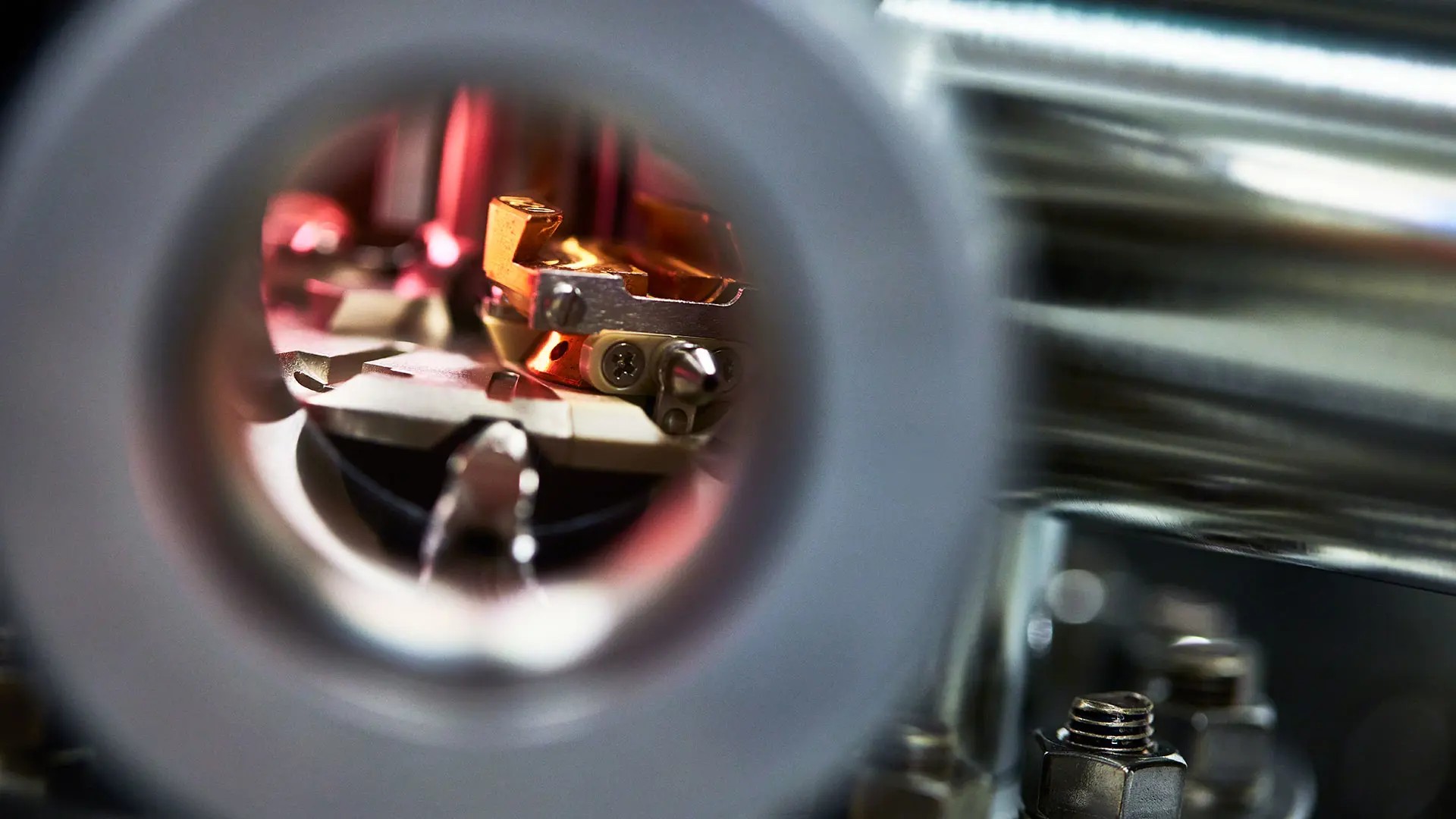Atom Probe Tomography (APT) is a technique that provides 3D atom-by-atom imaging of materials with a uniquely powerful combination of spatial and chemical resolution.

With this technique a wide range of materials can be analyzed including metals, alloys, intermetallics, semi-conductors, thin films and oxide scales. Features that are typically studied are for example phase compositions, phase separation, concentration gradients, clustering and segregation to grain boundaries, phase boundaries and dislocations. The sensitivity is the same for all element (except for hydrogen), including the light elements like C, O and N. The technique is based on field evaporation of ions from a very sharp needle-shaped sample. Electropolishing or FIB/SEM is applied to fabricate suitable samples.
In the fall of 2022 the state of the art LEAP 6000 XR from Cameca was installed at CMAL, replacing the older model LEAP 3000 X HR. In contrast to the previous models the 6000 XR offers synchronous voltage pulsing (VLP) operation which gives higher sensitivity and easier peak identification. Furthermore, the laser on this model is in the deep UV, resulting in an improved yield and more accurate reconstructions than what can be accomplished with previous models.
Contact person

- Senior Research Engineer, CMAL, Physics